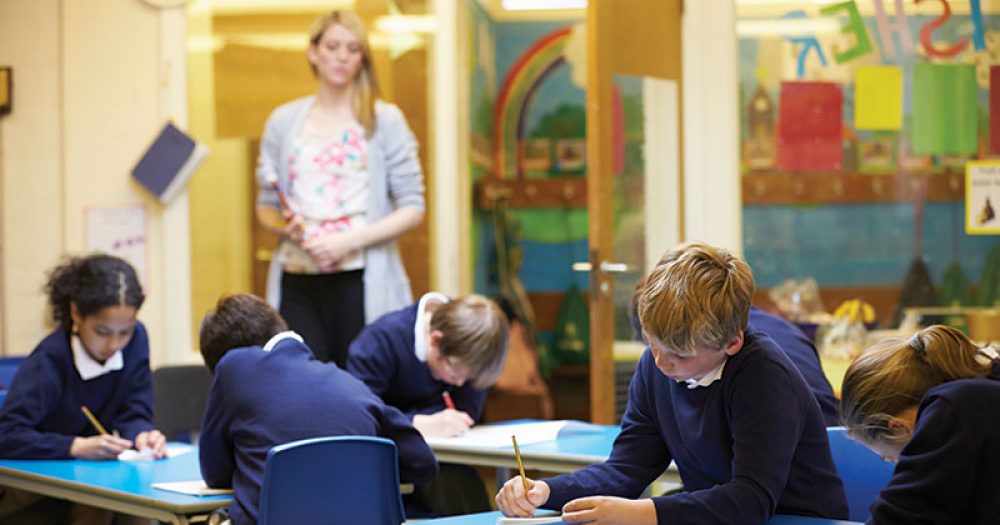The average size of primary schools has increased by one whole class since 2009 to accommodate a bulge in pupils, new figures have revealed.
Census figures from January this year, published today, also show there has been a rise in ‘super-size’ classes at secondary level – seemingly confirming concerns by unions that teachers are being forced to expand class sizes to cope with funding cuts.
The figures show the average size of primary schools has risen by 40 pupils since 2009. That’s the equivalent of more than one extra class per school.
The average primary school now has 279 pupils on roll – up from 275 pupils in January last year. That number has actually not decreased for the past ten years.
The rise follows a bulge in pupils coming through the primary system – up from 4.19 million last year, to 4.27 million this year.
But despite the rise, figures show the average class size is still 27.1 – the same as last year.
However at secondary, despite having a smaller rise in pupils this year (around 30,000), the average class size has risen to 20.8, up from 20.4 last year. That’s the highest level for nearly ten years (since 2008).
Class sizes was one of the Labour party’s key education attack lines in the general election, with leader Jeremy Corbyn claiming pupils were being “crammed in classrooms like sardines”, while pledging to keep “super-size” class sizes down if elected.
Unions have also reported heads are being forced to increase class sizes to cope with funding pressures – with some classes now at 40 pupils or more.
The figures seem to back up concerns.
The percentage of pupils in classes with 36 or more pupils has risen slight from 0.6 per cent in 2016, to 0.7 per cent this year.
The census data shows there has also been an increase in the percentage of secondary school classes with 31-35 pupils – they now make up 7.1 per cent of all classes, compared to 6.2 per cent last year.
That’s the highest level since 2006.
Analysis of the figures by the Liberal Democrats found that 344,000 secondary pupils are now being taught in class over 30, up 21% compared to two years ago.
The figures also show more than one in ten pupils now have classes with more than 30 pupils (10.8 per cent), compared to 9.7 per cent last year.








Your thoughts